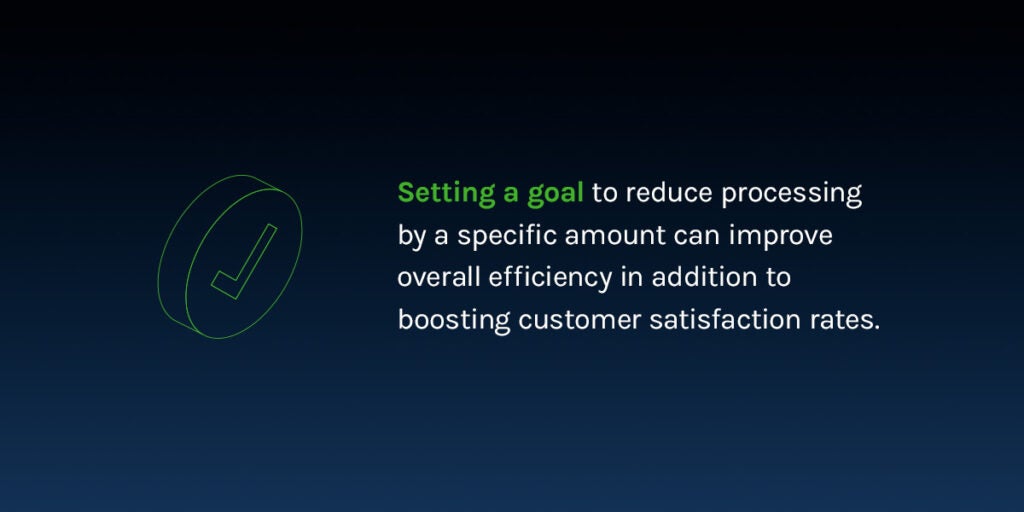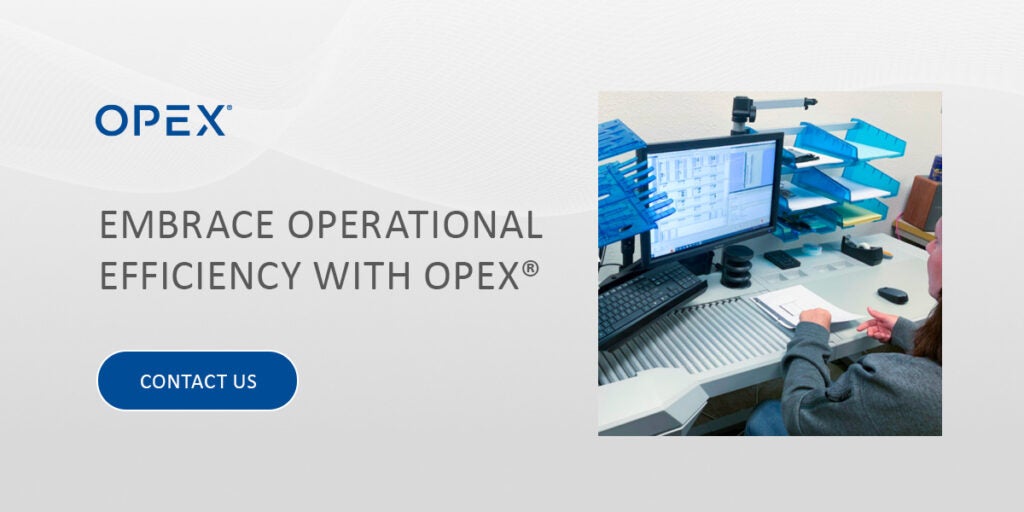60-Second Summary
Transitioning to automated document management can save organizations significant time and money, but success lies in having the right strategies. Start by assessing your current workflows—identify inefficiencies, gather team input, and map each process. Then, define clear workflow goals like reducing manual tasks or improving accuracy. Next, select automation tools that align with those goals, whether for document scanning, classification, or storage. A structured change management plan—including a dedicated team, timeline, budget, and communication—helps guide the transition smoothly. Train your staff thoroughly and provide ongoing support to ensure adoption. Finally, regularly review and refine your systems to stay efficient and aligned with organizational needs.
Automation has a place in many processes, including document management. These systems can transform workflows and deliver immense benefits to organizations by saving time and money.
Strategies for Transitioning to Document Automation
Eliminate the complexities of your automation transition with the right strategies. Check out these best practices:
1. Conduct a Document Workflow Assessment
It’s important to determine your need for automation by assessing your current workflows. Conducting a workflow assessment allows you to identify inefficiencies and pain points you need to address. Keep these approaches in mind:
- Use flowcharts to outline each stage of the process, including creating, reviewing, approving, and distributing documents.
- Ask for input from everyone typically involved in the documentation process so you can learn more about their challenges.
- Pay attention to common bottlenecks and repetitive tasks you can resolve and address.
- Consider how well your current document workflow aligns with relevant compliance standards.
- Think about pain points that have the most impact on your organization, such as time lost to delays and downtime.
It also helps to break each process down to its core elements to guide automation workflows later. During this identification process, you’ll answer:
- What does the process accomplish?
- Who’s involved in the process?
- What are the inputs and outputs?
- Is this process necessary, or can it be eliminated?
2. Define Your Workflow Goals
After understanding your existing workflows and identifying pain points, you can set workflow goals. This strategy ensures you find a system tailored to you and have the support to reach future objectives. Generally, organizational goals include:
- Making processes more accurate, reliable, or predictable.
- Enhancing the customer experience.
- Reducing manual, repetitive workloads.
- Adding value to services or products.
- Creating more desirable outcomes.

These areas compound and work together to help you streamline documentation overall. For example, you might assess your current document workflow and find that processing takes much longer than you’d like. Setting a goal to reduce processing by a specific amount can improve overall efficiency in addition to boosting customer satisfaction rates.
3. Select the Right Tools for Automation
With your workflow issues and goals in mind, it’s time to consider solutions. There are many automated document technology options on the market, but you’ll likely find that some fit your organization better than others.
For example, you might want to improve electronic classification with a document scanning solution, reduce physical storage with an automated archival system, or use multiple solutions and a comprehensive platform that integrates with your existing technologies.
Browse solutions and compare capabilities to determine the best solution for your needs. The right automation partner will work with you to determine which technology will make the biggest impact on your organization.
4. Implement Change Management Practices
Change management is a helpful strategy for navigating any shifts in your company. It may be beneficial to create a change management team to oversee your transition, especially if it’s happening at a large scale. These individuals will make executive decisions regarding your processes and set a worthwhile example for the rest of the team to follow.
As your change management team strategizes your transitions, it will be crucial to consider:
- Timeline: Understand how long it will take to transition from manual to automated processes and have support systems in place to overcome bottlenecks as they appear.
- Budget: Account for the resources you need to implement your new technologies, train your team, and other elements to support your workers.
- Communication: Establish effective communication channels with employees and stakeholders. Create clear support lines and implement means for collecting feedback during and after the transition.
- Success metrics: Determine what success looks like for your team and how you can measure your progress. These metrics will be crucial for making adjustments after implementation if necessary.
- Resistance: Some workers may be resistant to automated processes. Prepare for these bottlenecks and establish plans for working with team members who resist this change.
5. Train Staff for Automated Document Systems
Employee training is essential for getting the most out of your automated systems. Adequate initial training will provide a foundation for understanding the new tools and emphasize best practices for specific individuals and roles.
These programs should help your team understand how to use the system and why doing so is beneficial for your organization. Training programs should also address concerns and offer solutions for overcoming operational pitfalls. Consider implementing ongoing training to encourage your team to stay updated on best practices.
6. Review Your Processes and Making Adjustments
After implementation, it’s important to review your new processes and make adjustments if necessary. Technology can be challenging, and every organization has a different definition of success.
Choosing a configurable solution can help you find a system that works for your business, but you may need to tweak some aspects to maximize its impact. Change is continuous, so it’s important to follow up with your team members, gather metrics, and communicate needs regularly.
Embrace Operational Efficiency With OPEX®
OPEX has decades of experience and deep industry knowledge to enhance document management processes. At OPEX, you can find a comprehensive selection of document and mail automation solutions to improve workflows, increase efficiency, and optimize your impact. If your team is looking for ways to transition from manual documentation to advanced solutions, we’re here to support you along the way.
To learn more about our products and capabilities, reach out to a representative today.
Other Resources You Might Find Helpful
NHS Business Services Authority: Rapidly Expanding Patient List Drives Opportunity to Digitize Medical Records
Modernizing ECM/RIM Workflows: The Hidden Costs of Inefficiencies
SPS and OPEX® Falcon+® RED® Document Scanners Provide Digitization at Sanitas
Medical Record Scanning Demonstration with the OPEX Falcon+ Scanner
The Benefits of Milling Cutting Technology
How Intelligent Scanning Cuts Costs and Drives ROI for BPOs
OPEX® Falcon+® RED® One-Touch Scanning Envelope Opener
Improving Payment Processing at Image Remit® a Division of Cash Management Solutions®
Konica Minolta’s Competitive Edge: Streamlining Document Workflows with OPEX® Technology
Seamless Integration and Future Ready Automation with AI
NEXT LEVEL AUTOMATION
Unlock Operational Efficiency with OPEX
OPEX is powering the future of automation. Contact us to learn more about how our vertically integrated automated solutions can help take your business to new heights.
